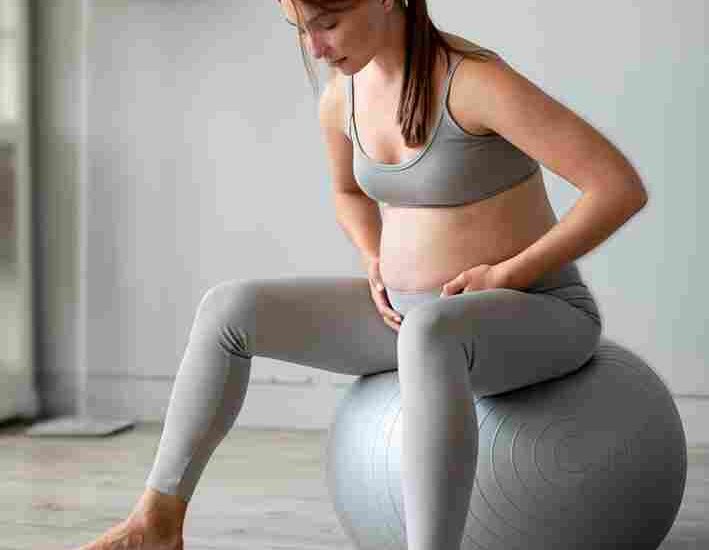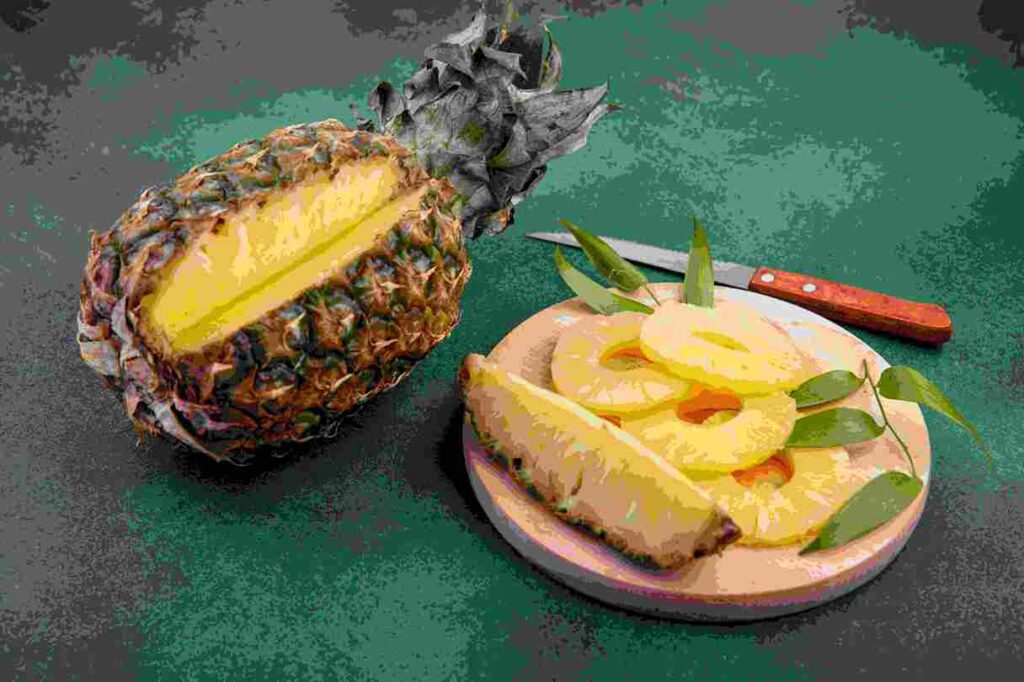


Induce labour at home: Although these methods are typically safe for full-term pregnancies, it is important to speak with your OB-GYN before attempting them.
Being pregnant and preparing for childbirth is an exciting journey. As your due date draws near, you might be interested in learning about all-natural ways to induce labour at home. While typically, the labour starts on its own, many mothers-to-be are curious about natural methods to encourage the process at home. It’s important to note that though these techniques may aid in starting labour, it’s crucial to speak with your doctor before using them. Avoid rushing things and risking any complications. When your doctor gives the all-clear, you can try these natural ways to dilate cervix faster at home.
In this blog, we will learn in detail about nine natural ways to induce labour at home, including relaxation techniques, stretches, exercises, dietary choices and more. Let’s dive in!
Walking is believed to have the potential to stimulate labour for a few reasons. First, walking might cause your hips to sway, which can encourage the baby to descend into the pelvis and press against the cervix. The process of dilatation may benefit from this pressure. Furthermore, the rhythmic motion of walking can resemble the contractions experienced during childbirth, thereby inducing the body to begin the labouring process.
There are numerous advantages of staying active during pregnancy and it may also help kickstart labour. Prenatal yoga, stretches and swimming are all gentle exercises that might assist in positioning your baby for birth and trigger contractions. Other workouts that may activate the uterine muscles include squats and pelvic tilts. However, always exercise to your comfort level and speak with your doctor for pregnancy-specific fitness advice.

Sexual activity is believed to potentially induce labour at home. Semen contains prostaglandins, hormone-like substances that can help soften the cervix, and orgasm can cause uterine contractions. Since these contractions are similar to those experienced during labour, it is believed that they could trigger them.
To stimulate different bodily functions, pressure is applied to certain areas of the body during acupressure and reflexology. It is thought that acupressure spots like Spleen 6 (SP6) and Large Intestine 4 (LI4) affect uterine contractions. The pressure points in the hands and feet that may be connected to the reproductive system are the focus of reflexology practitioners. If you’re interested in learning more about these strategies, consider getting advice from a certified practitioner.

To perform acupuncture, tiny needles are inserted into predetermined body locations. Acupuncture, which has roots in ancient wisdom, is thought to stimulate particular spots that may assist in the inducement of labour and is one of the ways to dilate cervix faster at home.
The main advantage of acupuncture, according to the study, is increased cervical ripening. It’s crucial to remember that acupuncture’s effectiveness might vary depending on how your body responds.
Your uterus may contract when your nipples are stimulated, which may lead to labour. Nipple stimulations stimulate oxytocin production. The hormone oxytocin is responsible for uterine contractions and milk ejection from the breast.
It is believed that certain foods and spices are considered one of the ways to dilate cervix faster at home. For instance, bromelain, an enzyme that softens the cervix, may be linked to pineapple consumption. Curry and other spicy meals can stimulate the digestive tract, which may inadvertently promote labour. Another well-liked option is red raspberry leaf tea, which is renowned for its uterine-toning qualities. While there isn’t any conclusive scientific evidence to support these food options, they may be safe in moderation and can be enjoyed if you like them.

Anxiety, stress, and overthinking might delay the start of labour. Relaxation exercises such as deep breathing, meditation or yoga can assist in reducing stress and create an environment that is favourable for labour to start naturally. Remember, it is important to remain calm and patient throughout this process.
The seeds of the evening primrose plant (Oenothera biennis) are used to make evening primrose oil, a natural supplement. This oil has Gamma-linolenic acid (GLA), an important fatty acid used by the body to make prostaglandins, hormone-like compounds involved in a variety of physiological processes including inflammation and muscular contractions.

Evening primrose oil may help the cervix soften and ripen in the final trimesters of pregnancy, according to some reports. The cervix gets softer and thinner throughout the process of cervical ripening, preparing it for eventual dilation during childbirth. This is assumed to be because GLA is present, which might encourage the creation of prostaglandin and affect the cervix’s preparation for labour.
(You May Also Like: Kegel Exercises During Pregnancy: Benefits & Tips (pregahealth.com))
It’s important to keep in mind that while these natural techniques could aid in triggering labour, there are no guarantees because every pregnancy is different. Consult your OB-GYN before trying any of these methods to be sure they are appropriate for your particular condition. Never attempt to induce labour at home without a doctor’s guidance.
It’s not advised to induce labour in some cases. This is because it can make labour and delivery dangerous for both the mother and the unborn child. In the following situations, a doctor might advise against using any labour induction techniques:
The anticipation of labour may be both thrilling and unsettling as your due date draws near. However, it’s vital to keep in mind while these natural ways might provide some encouragement, labour only starts when your body and the baby are both ready. Remember, every pregnancy is unique, and what works for one person might not work for another.
Always speak with your doctor before attempting any of these methods, especially if you are pregnant or have underlying medical issues. The ideal strategy is to maintain as much calmness and rest as you can, believe in your body’s natural processes, and get ready for the wonderful journey of birthing that lies ahead.